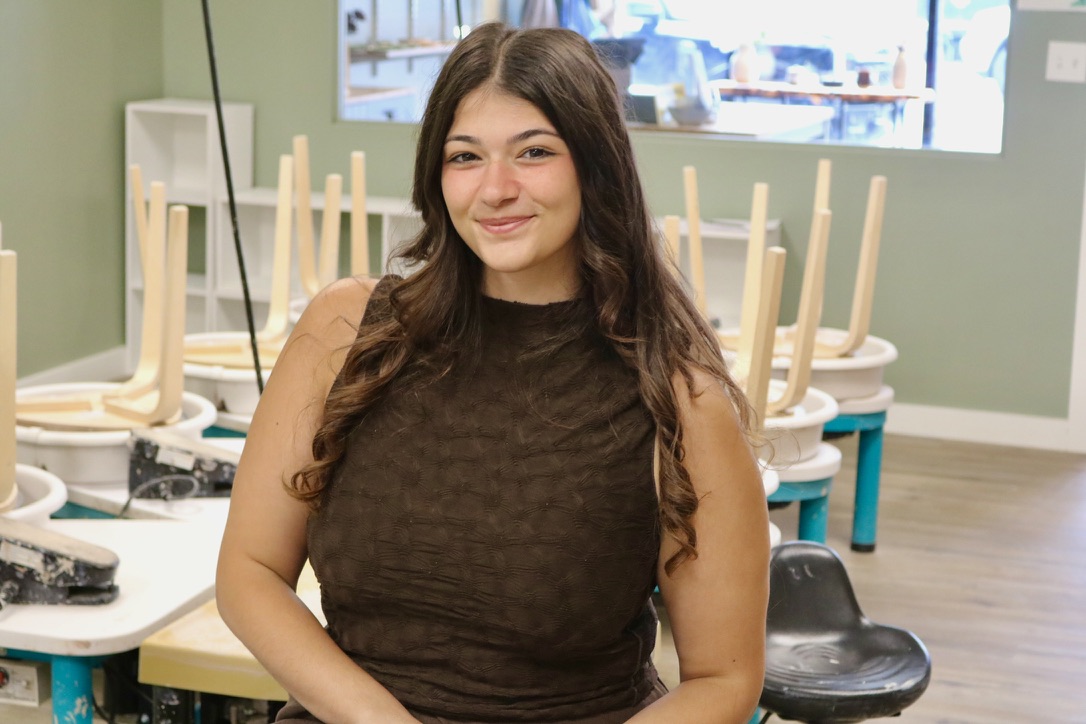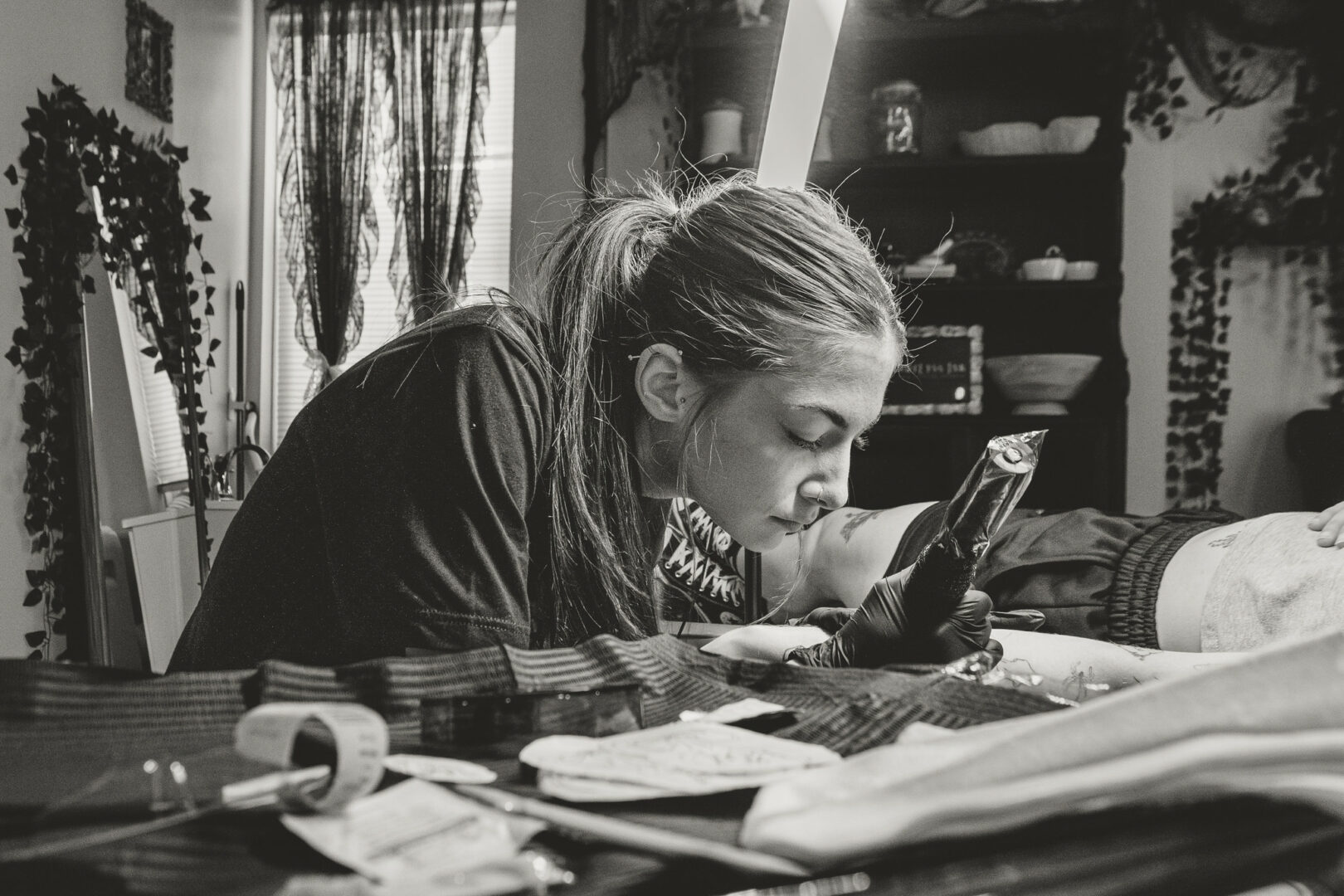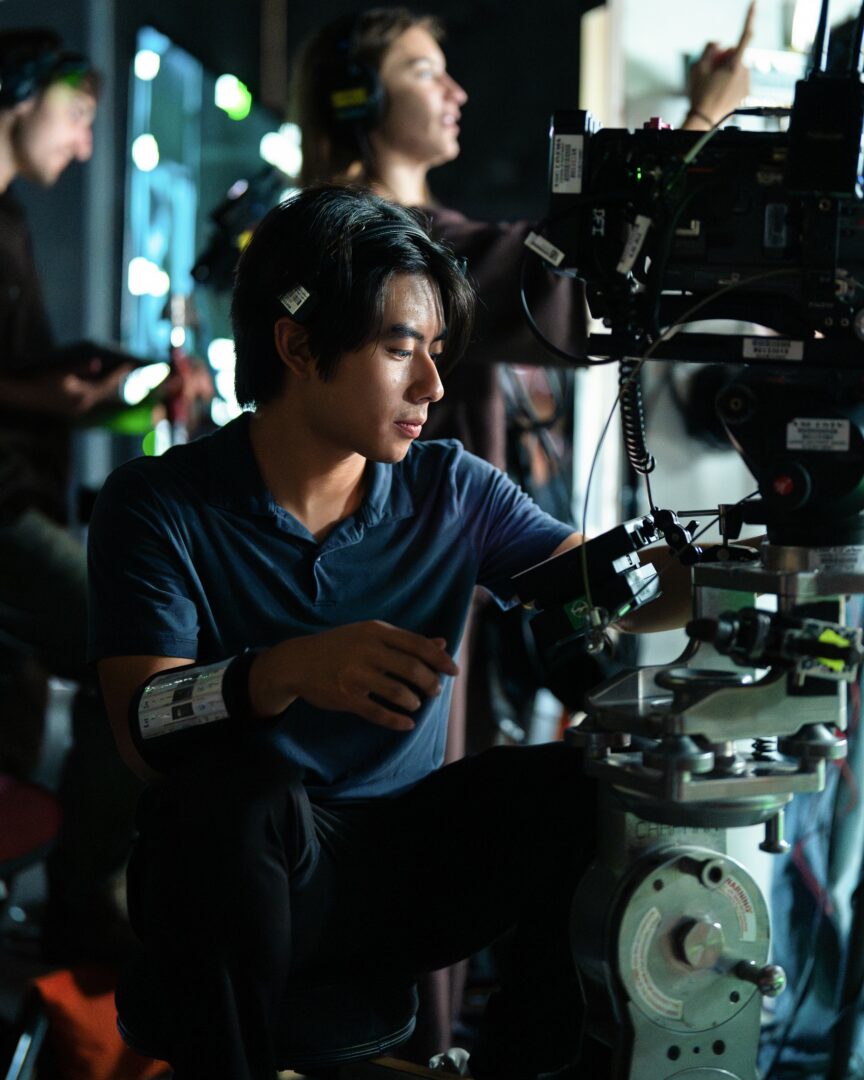We recently connected with Jane O’Hara and have shared our conversation below.
Jane, so good to have you with us today. We’ve always been impressed with folks who have a very clear sense of purpose and so maybe we can jump right in and talk about how you found your purpose?
I’ve always enjoyed artwork, and painting in particular, as far as I can remember. I went to the School of Fine Arts at Boston University and studied the technicalities of how to paint-but it wasn’t until later in life that I was able to focus on what I would paint, what would become a passion. I saw that I could use my artwork as a form of communication.
I was becoming increasingly interested with the animals we share the earth with, beyond our animal companions and the wild animals we see in nature photos and memes. I became aware of the animals behind the scenes in the food, clothing, medical and entertainment industries where animals are held captive and used at our whim. This relationship with animals poses a duality which both intrigues and disturbs me. This began the direction of using my artwork to find creative ways to bring these inconsistencies to light and to speak for those who cannot speak for themselves.
Let’s take a small detour – maybe you can share a bit about yourself before we dive back into some of the other questions we had for you?
I am interested in using my artwork as a way to get viewers to see animals from a new perspective. The approach I have in my painting is to take a surrealistic look from the animals’ perspective with narratives concerning the deeply problematic human-animal bond. The insensitivity to animals raised in captivity as commodities and the environmentally at risk, is at odds with the casting of human traits on our pampered pets who exist in their own unnatural surroundings. My own journey of learning about the plight of animals in our world has changed my thinking, my eating habits, and my compassion for animals has been awakened.
My desire to share this passion has moved beyond painting and gallery exposure. Opportunities came to me to share my artwork in different ways. Using transformational curatorial projects, presentations and publications as a platform, I founded Jane O’Hara Projects ( JOP ) in 2015. My hope is to expand social awareness of speciesism through the arts, and to cultivate compassion for all life; both human and non-human animals. I’ve curated and participated in group shows Beasts of Burden I in Boston, and Beasts of Burden II in NYC, where I took advantage of the momentum of the animal rights movement. The group of artists use the power of art to shake up our perceptions in fun, disturbing and poignant ways. New artists have joined Beasts of Burden III so I am excited about the prospects of the future exhibition. I also have and will continue to work with Compassion Arts giving presentations, and curating and co-curating two virtual exhibitions for the Compassion Arts Festival. I am beginning to co-curate a group exhibition on the topic of Animal Resistance with artist Janell O’Rourke. We are in the early stages of planning the exhibition and finding the venue.
Last summer I had the opportunity to exhibit my largest series, State of the Union, Animals Across America at the New Bedford Art Museum in New Bedford, MA. Gathering inspiration from disparate sources, from nostalgic postcard iconography and pop reference, to depicting the animal condition both behind the scenes and in plain sight, I take a look at our 50 states from both entertaining and serious perspectives. The JOP publication Jane O’Hara – State of the Union catalogs the inaugural 2023 exhibition. I am in the process of finding venues- both museums and University galleries, to travel this exhibition. I would love for this show to be seen nationwide!
A new series, A Humane Dilemma – When Animals Speak can be seen at William Scott Gallery in Provincetown, MA at their season opening exhibition. In this work I continue a surreal view of animals coping with an oblivious world, and I will continue to paint on this exciting new theme
An ongoing project brings into focus those whose life’s work is for animals. My recent piece in this series is called Threat of Compassion featuring Wayne Hsiung, animal activist and attorney, who dedicates his life to helping victims of animal testing and factory farms. Wayne continues to risk prison with his peaceful activism, having just recently been released from prison. My next painting will be of Idelisa Bonnelly de Calventi who I recently learned of, founder of the first Whale Sanctuary.
If you had to pick three qualities that are most important to develop, which three would you say matter most?
The three most impactful things in my journey:
My art education at Boston University School of Fine Arts was fundamental. It was an academic style, so at the time I was not deeply inspired, but despite my less than enthusiastic feelings about the traditional approach to learning to paint, I learned to paint! I now see it as an artist’s equivalent to med school; learning the basics. It was not an environment where I was pushed to explore any direction or meaning in my artwork.
The second thing came much later, but is foundational to my doing something important to me with this learning from BU. This took a lot of twists and turns in the road to get to. It was my desire -once I got a glimpse- to learn what goes on with animals in our society. I do not take this lightly because I know many cannot or will not open their eyes when they get a look because it is so disturbing, so painful, so dark. It is so tempting to believe the corporate version that has us believe animals are fine with it all. They are not fine with it all. By having the courage to read, look and listen I developed a passion for animals’ lives much deeper than their beauty and humor which I had already been working with in my paintings.
The third area of knowledge ( not necessarily in this order) was a spiritual awakening. This was rooted in some serious introspection. Active alcoholism was numbing, so when I faced this major problem and became sober 38 years ago, I was feeling everything- some very tough feelings had to be felt to get to the good feelings. Over time this major turning point in my journey made it possible to access my true artist within, and access empathy which drives my artwork.
What is the number one obstacle or challenge you are currently facing and what are you doing to try to resolve or overcome this challenge?
The biggest challenge to being an artist is to find venues to share the artwork, and currently to find venues to travel my State of the Union – Animals Across America exhibition. Keeping my optimism up is the core issue. Over the years I’ve received and continue to receive support, opportunities and ideas in many ways, but with rejection (a dependable aspect of putting yourself out there as an artist) hopelessness can kick in, At this point I know the routine, and when I notice I have a bad attitude, that I’m procrastinating, not painting, I get myself to look into other artists’ work and shows, to read some ‘how to be an artist’ things (Brainard Carey works well for me), go to galleries and museums for inspiration, reach out to past connections to see what they are up to, and apply for shows. In my case this reaching out includes animal rights groups and activists. When I open and walk through these doors, the magic happens- often not where I first was hoping, and once again, out of the blue I’ll get an opportunity- like I did here – to do an interview having me look into what it all means to me.
Contact Info:
- Website: https://janeoharaprojects.org
- Instagram: https://www.instagram.com/janeoharaprojects/
- Facebook: https://www.facebook.com/profile.php?id=61555163965305










